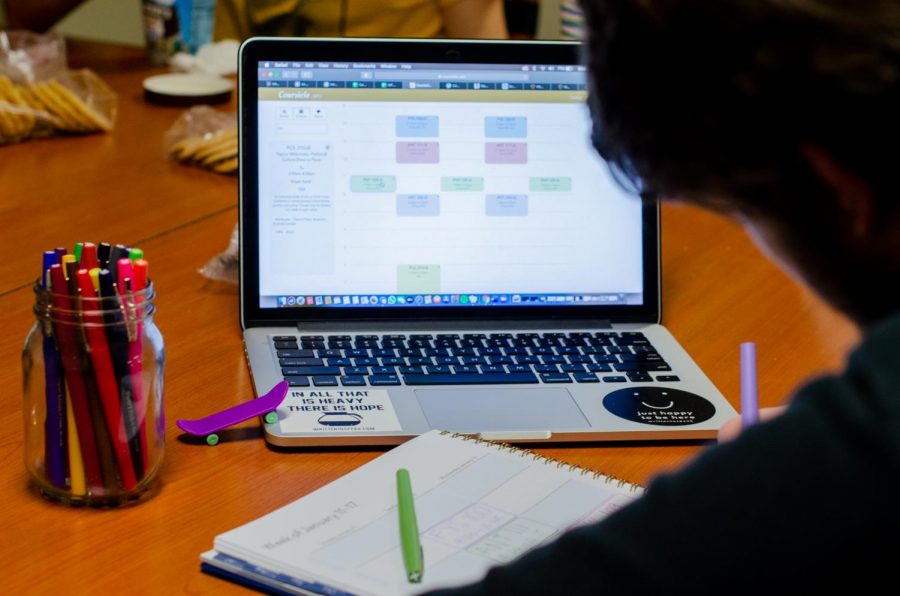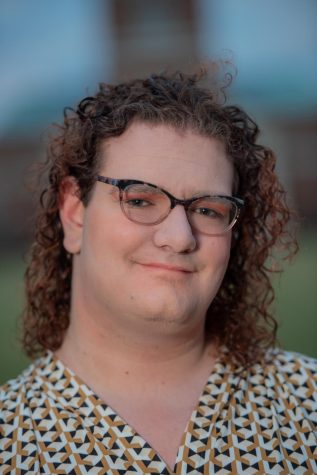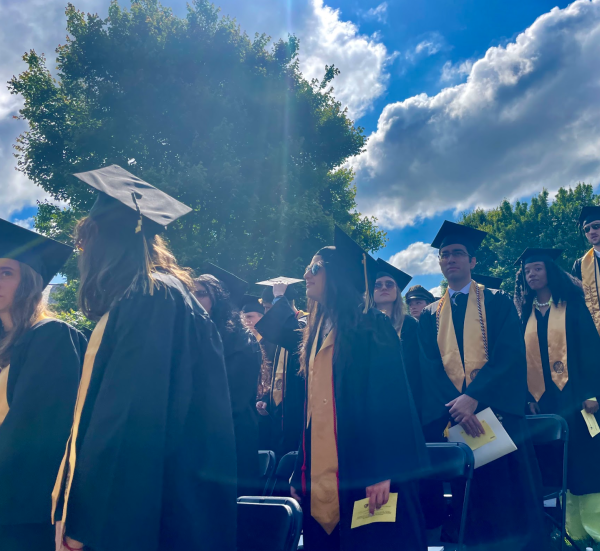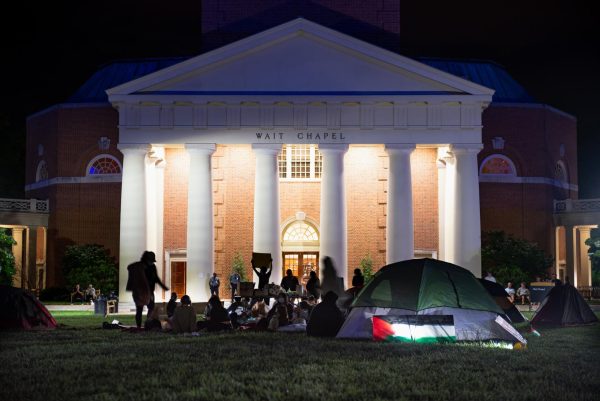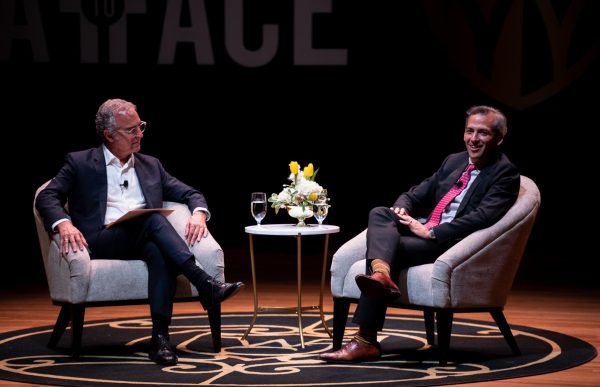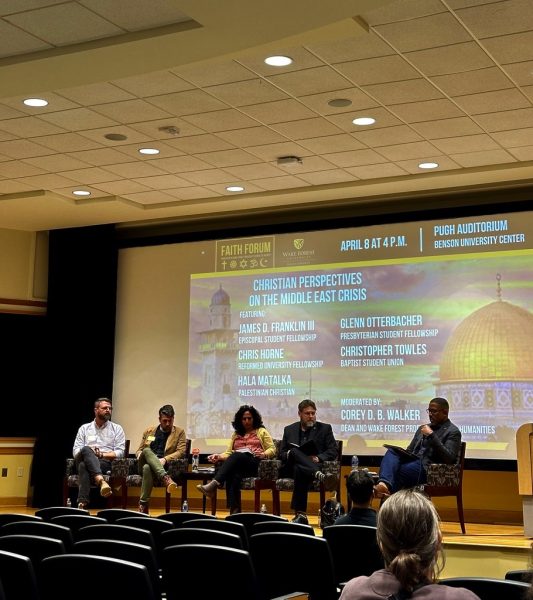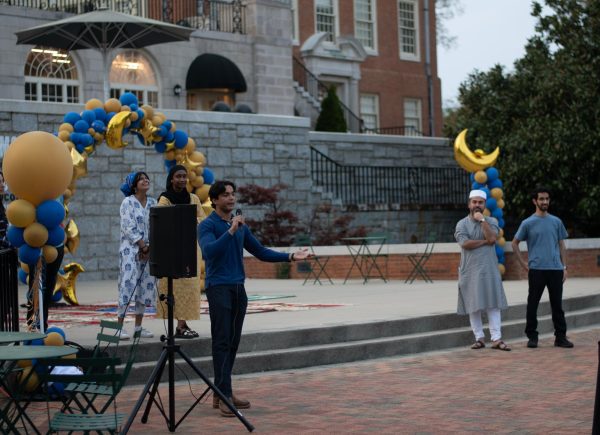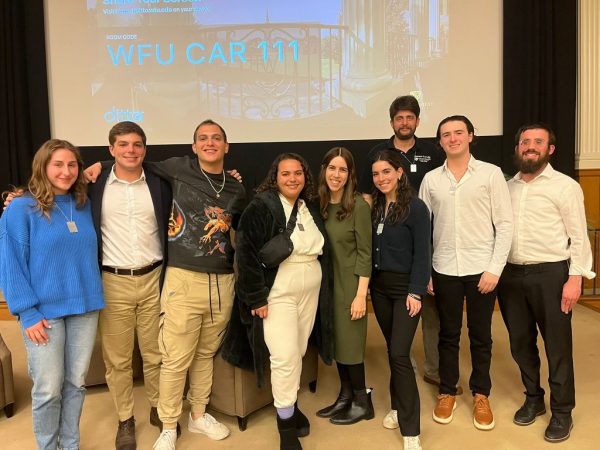Looking ahead to academics in the spring
Department chairs and students look toward course registration for the spring semester as the fall semester draws to a close
The university did not give department chairs any modality requirements for spring (Katie Fox/Old Gold & Black)
November 5, 2020
As the fall semester winds to a close, the Wake Forest community begins to turn its eyes toward spring.
As of now, the current plan for the spring semester is to begin on Jan. 23, when new students will move in. Move-in will run until Jan. 26, with classes beginning the next day. There is no decision yet on what operating level the university will be at when it reopens, according to Dean of the College Michelle Gillespie.
Planning for the spring, including logistical and academic matters, began in early September, Gillespie said, though brainstorming occured throughout the year.
“We were really taking notes and observing [what happened in the fall semester], because … we took the existing course registration and we adapted it,” Gillespie said. “So while we were doing that, we said what would happen if we were able to start our course planning from scratch: what could we do better, what would that look like?”
One of the major considerations in planning courses for next semester was the modality in which a course could and should be taught. Department chairs and professors worked to establish a wide swath of courses in varying modalities.
“We had … departmental discussions since last summer, when we did our peer-to-peer learning communities, about modalities and about teaching online and teaching blended, and we had a departmental discussion before people made decisions about the modality that they wanted to teach their courses in,” said Kendall Tarte, who chairs the French Studies Department.
Gillespie said that aside from sharing focus group results showing students prefer face-to-face classes, there was no formal directive issued from the dean’s office to departments concerning modalities.
“We’ve shared with department chairs and faculty that students preferred face-to-face classes. … We also shared the student government resolution showing a preference for face-to-face courses,” Gillespie said. “But we also recognized that faculty had two big realities that they needed to think about as they made their modality decision. One was their own health and family … and also we recognized that faculty members were the best experts to determine which modality would work best for the courses that they wanted to offer.”
According to Gillespie, though, all but three professors got exactly the classes they wanted in terms of location, modality and time.
The lack of a formal directive did lead to some cases where departments offered no face-to-face classes, like the Interdisciplinary Humanities Program, which will be offering 11 online synchronous classes and two blended-traditional classes, as shown on Coursicle.
“Individual instructors were asked to submit their preferences and the program honored them,” José Venegas, director of the Interdisciplinary Humanities Program, wrote in an email to the Old Gold & Black.
The university will also be offering 57 asynchronous classes, not including sections of HES 100 and HES 101, which are entirely asynchronous.
In terms of classes to look out for on the course sheet, Gillespie provided the Old Gold & Black with a list. Highlights from that list include first-year seminars on bodies during the pandemic (taught by Roberta Mosinini), American democracy (Jennifer Greiman) and even gardening (Amanda Vincent). Also included is ENV 304, a topics class on disease in the Mediterranean, an ENG 150 class on the “will to survive” and a class on environmental reporting, COM 270. Those classes are taught by Monique O’Connell, Rian Bowie and Ivan Weiss, respectively. Gillespie also spoke highly of the Pro Humanitate course offered this fall and again this spring, which connects nonprofits with students who want to do work to better the community.
“I was really excited that we created that [Pro Humanitate] course, and I’m looking forward to the evaluations that students give, the evaluations that community partners give and the evaluations of faculty members to see if we can scale that up,” said Gillespie.


